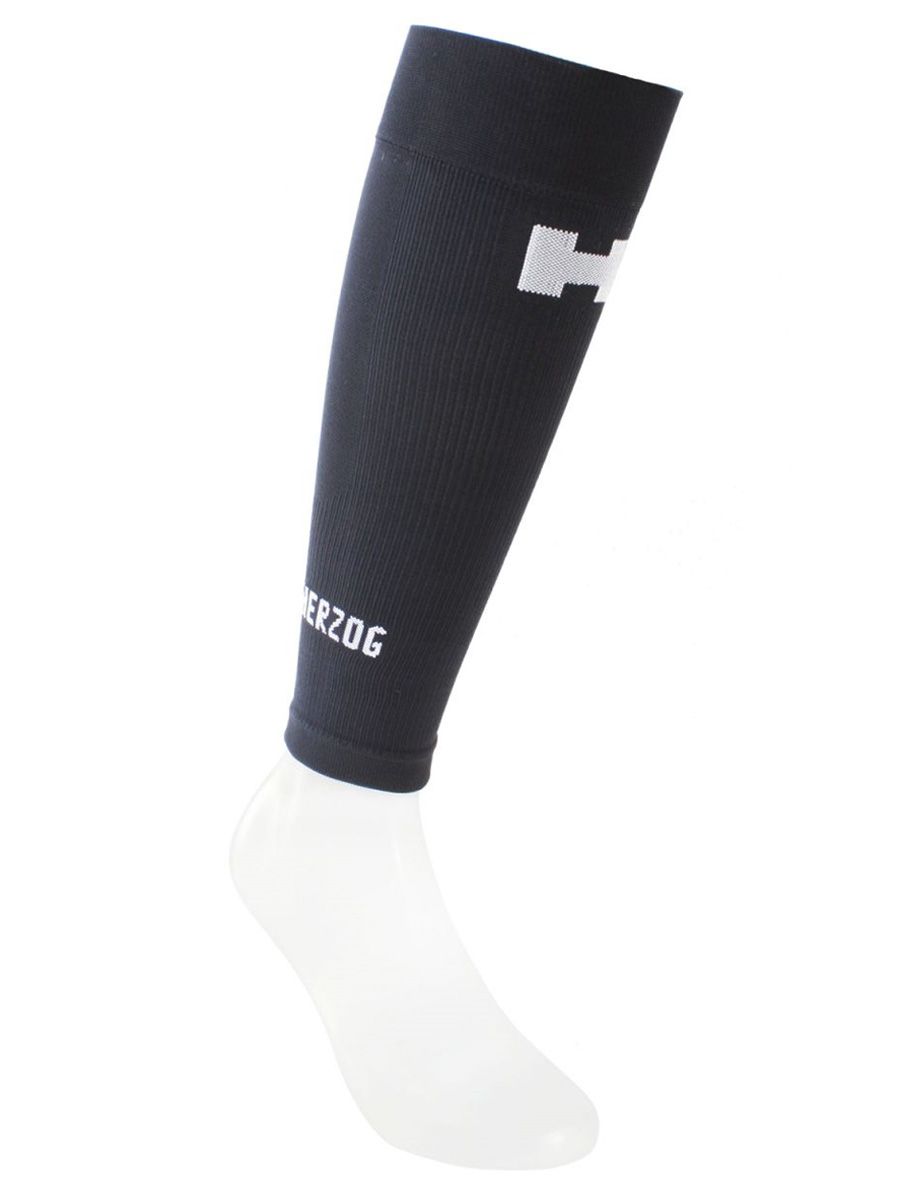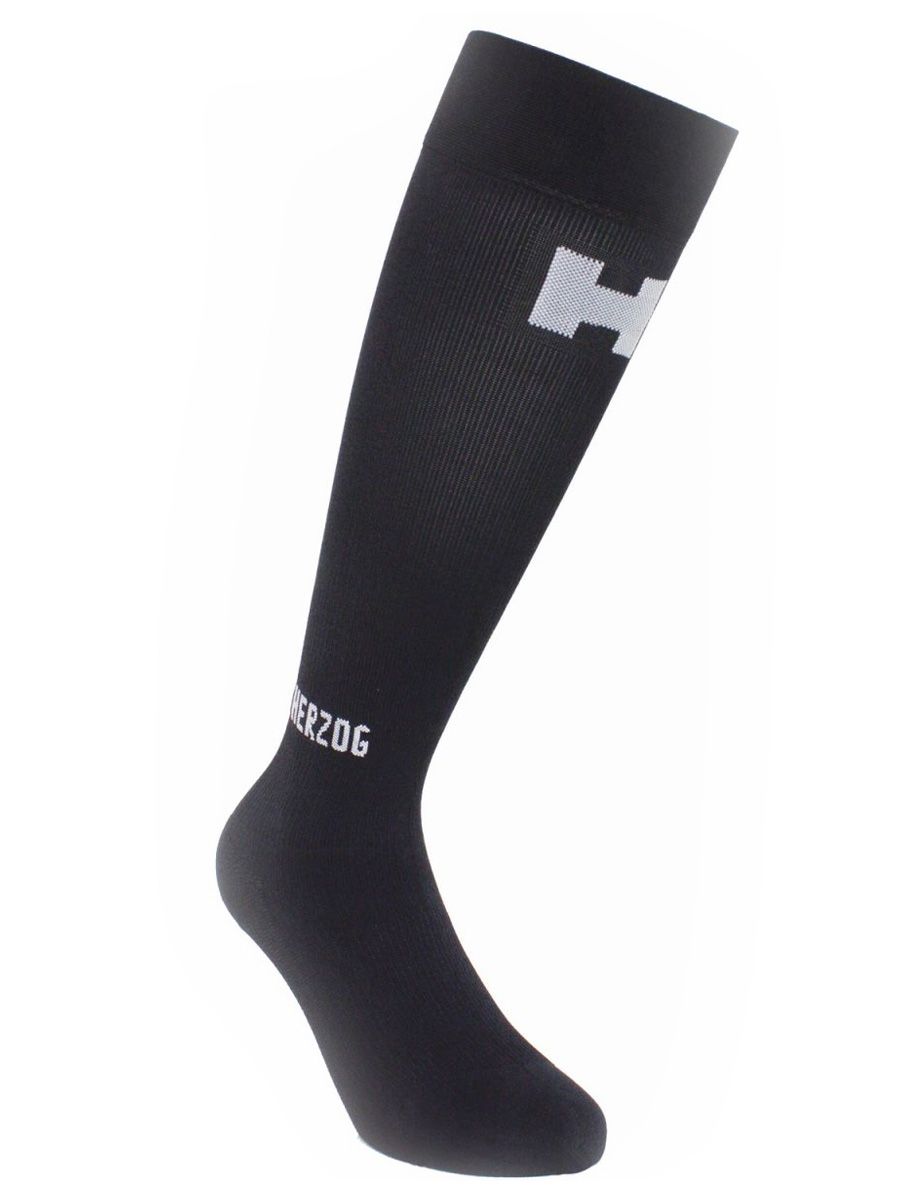Shin Splints (Periositis)
A shin splint is a collective term for pain in the shinbone. Nowadays, shin splints are referred to as medial tibial stress syndrome. This condition/injury mainly occurs in runners, athletes involved in jumping sports, and military personnel. It causes a dull pain spreading over about five centimeters in the lower leg.
What causes it?
The cause of a shin splint is overuse. This often happens during sports, especially running. If your foot, for whatever reason, is not placed properly and rolls inward, the muscle in your shin becomes excessively stretched. When this happens repeatedly, pain develops. There are also several factors that increase the likelihood of this. These include:
- Running on hills or uneven terrain. Because the surface is not flat, it often causes complaints.
- Wearing worn-out sports shoes. These no longer provide proper support.
- Practicing sports that involve abrupt stops and starts, such as squash or tennis.
- Flat feet, ankle instability, inward-tilted feet, and leg length discrepancy also typically contribute to shin overuse.
- Exercising too intensively and repetitively is one of the main causes of shin splints.
- Being overweight.
What symptoms can occur with a shin splint?
With shin splints, you may experience the following symptoms:
- The pain is mainly felt in the middle or lower part of the shinbone. Sometimes it radiates to the knee or ankle.
- A sharp pain in your shin after exercising.
- Pain when pushing off or placing your foot down.
- A small swelling may appear where the pain is located.
- The pain disappears when you rest.
What problems can arise?
The best thing you can do is rest. Especially when the symptoms first appear, it is advised to take it easy for three weeks. Additionally, there are a number of things you can do. We’ve listed them below:
- Strengthen the muscles in your shin so they can better absorb shocks.
- Make sure to vary your training and avoid repeating the same movements.
- Perform stretching exercises for your legs.
- Wear insoles that prevent overpronation.
- Use proper footwear with adequate cushioning.
- Wearing compression or support stockings can offer preventative support.
- You can also have your shin massaged by a physiotherapist or experienced masseur.

Herzog Sport Compression Stockings - Running Stockings Tubes - Pro (per pair)

Herzog Sport Compression Stockings - Running Stockings - Pro (per pair)

Super Ortho Calf Support

Gladiator Sports Compression Stockings (Black or White) (per pair)

Gladiator Sports Running Stockings Black/White (per pair)

Dunimed Premium Comfort Compression Stockings Groin Length - Closed Toe

Dunimed Premium Comfort Compression Stockings Groin Length - Open Toe

Dunimed Premium Comfort Compression Stockings Pressure Class 1 - Closed Toe

Dunimed Premium Comfort Compression Stockings Pressure Class 2 - Closed Toe

Dunimed Premium Comfort Compression Stockings Pressure Class 1 - Open Toe

Dunimed Premium Comfort Compression Stockings Pressure Class 2 - Open Toe

Dunimed Premium Comfort Compression Stockings Pressure Class 3 - Open Toe

Gladiator Sports Premium Compression Stockings

- Physiotherapist
- Sports podiatrist
- Manual therapist
- Podopostural therapist
- Myofascial dry needling specialist


